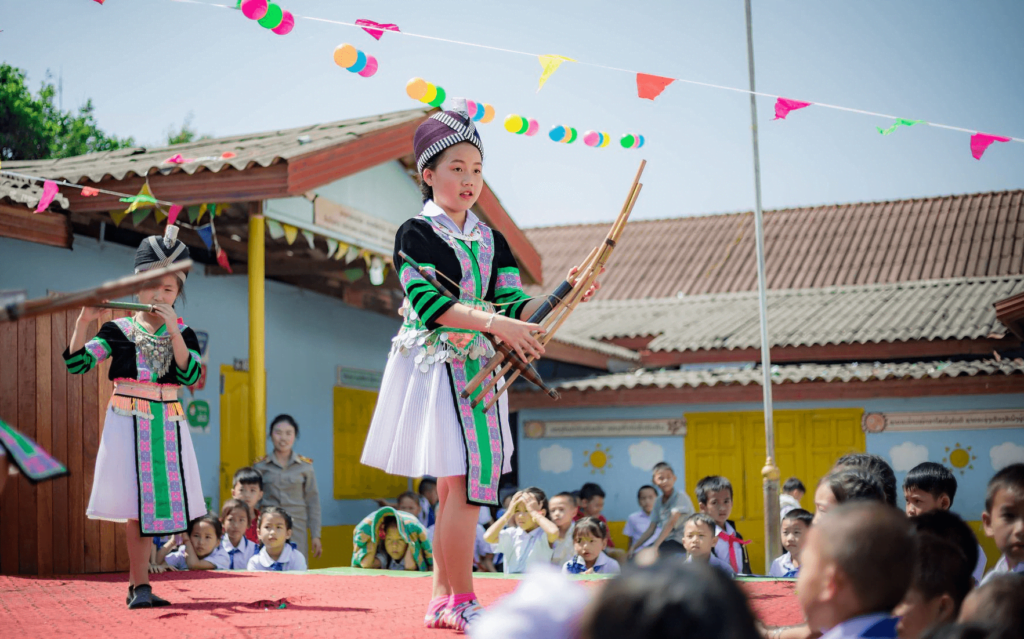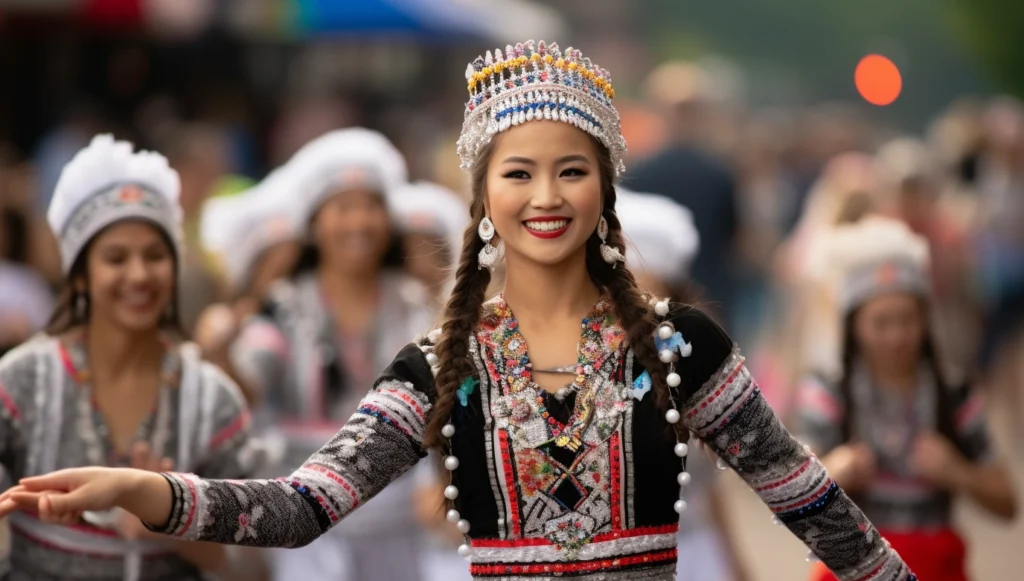
Secret C.I.A Operation in the Vietnam War
The Hmong, an ethnic group hailing from the mountainous areas of China, Vietnam, Laos, and Thailand, have a storied past marked by struggle against foreign powers and conflict. Amidst the Vietnam War, a substantial number of Hmong individuals were conscripted by the CIA for their secret operation, the “Secret War,” where they served as crucial assets, functioning as guides, translators, and combatants. Trained and armed by the CIA, these Hmong fighters were often dropped behind enemy lines, tasked with gathering intelligence and sabotaging enemy supply routes.
The Secret War was an incredibly brutal and arduous conflict, leading to numerous Hmong casualties. Despite the peril, they remained staunchly dedicated to their cause and fought valiantly. Vang Pao, a Hmong military leader and former general in the Royal Lao Army, was appointed to lead the Hmong guerrilla forces during the Secret War by the CIA. A highly regarded figure among the Hmong people for his bravery and strategic prowess, Vang Pao was instrumental in leading the Hmong forces to many victories against the communist forces.
Post-war, Hmong individuals who had fought against the communist regimes in Vietnam and Laos faced persecution and retaliation, resulting in many fleeing to Thailand and eventually immigrating to countries like the United States. The resettlement of thousands of Hmong refugees in the US during the late 1970s and early 1980s was facilitated by the US government and various humanitarian organizations.
In the US, Hmong immigrants faced several challenges, including cultural and linguistic barriers, economic hardship, and discrimination. Nevertheless, they persevered and established communities across the US, while also preserving their cultural heritage and making noteworthy contributions to their new homes. Further waves of Hmong immigration, including refugees fleeing conflict and persecution in Southeast Asia, have occurred over the years.
In conclusion, the Hmong people have a rich and tumultuous history marked by conflict, resilience, and perseverance. Despite the challenges faced in their journey, they have overcome them and carved out a place for themselves in their new homes while preserving their cultural traditions and heritage.









Responses